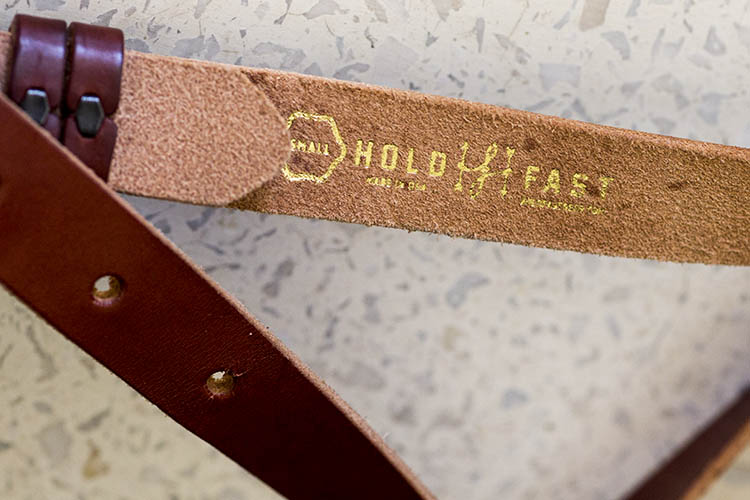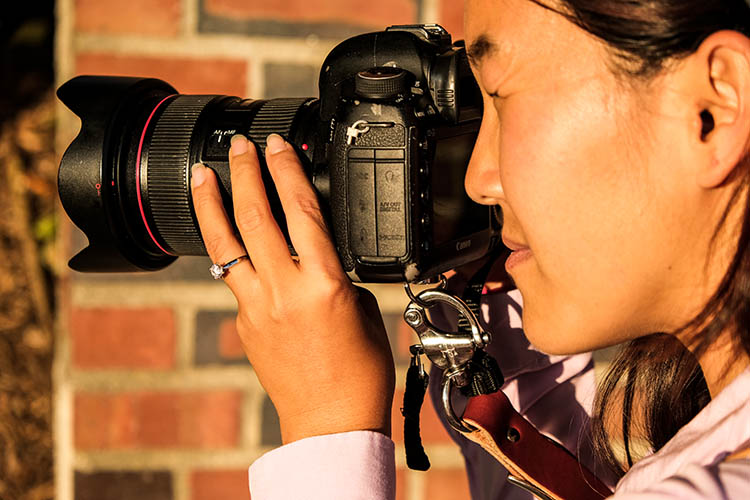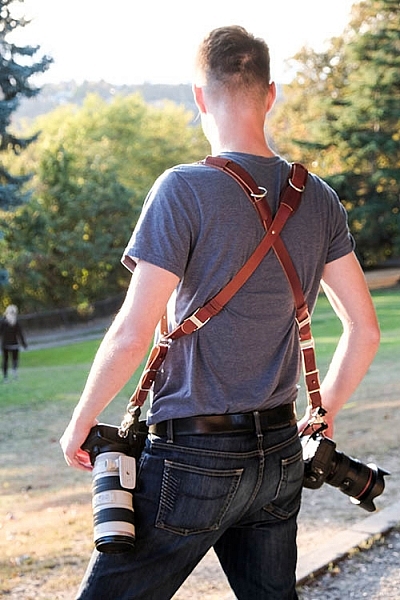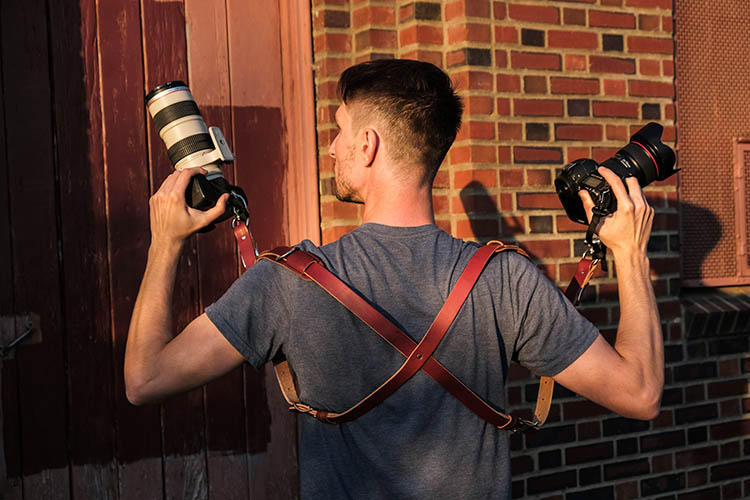The post Your Photographic Legacy: Realizing Your Power as a Photo Maker appeared first on Digital Photography School. It was authored by Adam Welch.
I’ve struggled with how to approach the topic at hand and I remain unsure even as I type. How can I begin to talk about such far echoing ideas? I already know that you and I share a common thread: photography.

I’ll further assume that if you’re reading this, you are a person who makes photographs regularly. Perhaps that’s the perfect way to start; by knowing that you’re a camera person, just like me.
Being that we’re the same, I hope you understand the scope of what it means to “be a photographer” in an age when cameras are everywhere. Do you understand the power you hold in your hands? It’s the magnitude of this power that we will discuss.
With any luck, these simple truths about our craft will be nothing new. If anything, hopefully, these ideas will be a gentle reminder of the role you play in the photographic legacy.
On the other hand, if you have forgotten these facts or if you’ve never thought about them before, today is an especially important day for you.
Respect for the work…respect for yourself
It’s oddly paradoxical that photography can be so incredibly personal yet at the same time so impersonal. This is especially true of digital photography when often times the work we produce remains essentially intangible and often untouchable.
Where other creators physically intersect with their craft by either drawing, painting, sculpting or carving, we stand alone in a shared uniqueness. We use a machine to bring our expressions to life. We cannot touch what we capture with any sense of immediacy, and yet photography has become one of the most effective methods for bridging what we see with what we feel.

As photographers, we must grasp the sheer weirdness and complexity of what we do at a basic level. Our work is part science, part soul, part philosophy and as such should be respected for the beautiful oddball of the visual arts that it truly is.
Furthermore, you should have immense respect for yourself and your fellow practitioners of photography. Not through any sense of superiority but rather a feeling of camaraderie.
We compete on occasion, sure. We envy or criticize each other at times. With the internet being the internet, it’s quite easy to pick apart the work of others instead of building it up. We’re only human. Still, the fact remains that we will advance more by positive attitudes and tasteful critique than through thoughtless criticism and negativity.
I can assure you that we’re all in this madness together.
Photography is the servant of history
Imagine for a minute a couple of historic images in your mind. Ali standing over Frazier. That child running from a napalm strike in Vietnam. The aftermath at Kent State. A lone man staring down a tank in Beijing. Einstein sticking his tongue out for the camera.
All these moments, for better or worse, are solidified in history through photographs. Photography carries monumental weight for bringing awareness to the beauty and horrors present in the human condition.
Arguably, photography is the greatest asset for documenting history that the world has ever known.

Every photograph is made by a man or woman who was present at the exact moment these events took place. For better or worse, the presence of a camera has been the catalyst for social, political and environmental change for nearly two centuries.
Where would we be without the photographs which move us to action and change the way we think about the world?
Photographers can strike fire anywhere with a single photograph.
Possessing the ability to potentially impact the entire course of civilization by what we do should fill us with a measure of pride, wonderment and ultimately a sense of apprehension. Think about that the next time you go out with your camera.
You can make a difference through your photography at any time and in any place.
You represent every photographer
If you bear with me, I find it’s necessary to share a quick story about a woodworker friend of mine; a story, which as it turns out, became the reason for me penning this article.
A few weeks ago I witnessed a rather nasty situation play out on social media between my friend and another woodworker. Without injecting my own opinion, it was obvious that the attitude shown towards my friend was met with universal disapproval by most of the commenters.
I was fascinated (and comforted) by the fact that what seemed to trouble people the most was the blatant disrespect which was being exhibited by one craftsperson to another.
My mind immediately jumped to the manner we as photographers conduct ourselves, both on and offline, and how that conduct impacts the public perception of photographers.

As cameras become more and more available to the masses, it’s important to comprehend that we are all practitioners of an art form that dates back to the early 19th century. That’s quite the legacy. What I mean by this is that the way we interact with our subjects and our environment while we practice our craft can be just as important as the photographs we produce.
I have witnessed photographers moving “flying stones” at Racetrack Playa in Death Valley just so their shots couldn’t be replicated. On countless occasions, I’ve watched as cars back up behind a person who parked in the highway to make photos bears.
Perhaps most alarming of all, I have observed shockingly pretentious attitudes exhibited by professional photographers upon those deemed “beneath” their perceived level of skill.

Be courteous and respectful to others, especially fellow photographers. Always be willing to pass on what knowledge you have about the craft. Keep in mind that we are stewards of our art and tend its flame for many generations of photo makers to come.
Never fall victim to the kind of indifferent behavior that would belittle the legacy of photography.
Final thoughts….
So, what’s the endgame here?
The keyword is “realization.”
Realize that the role photography plays in the world cannot be overstated, and your part in that story is just as important.
The way we approach photography is very much a reflection of how we approach life and each share similar outcomes.
Be mindful that you always remember the impact of the photos you make and how far the manner by which you make those photos truly reaches. Photographs carry a unique duality which occupies a cloudy space among other art forms.
Our cameras have the power to make, record and even change history, but without you, a camera is just a camera.
Remember the power you have as a photographer and wield it accordingly.

The post Your Photographic Legacy: Realizing Your Power as a Photo Maker appeared first on Digital Photography School. It was authored by Adam Welch.




























You must be logged in to post a comment.